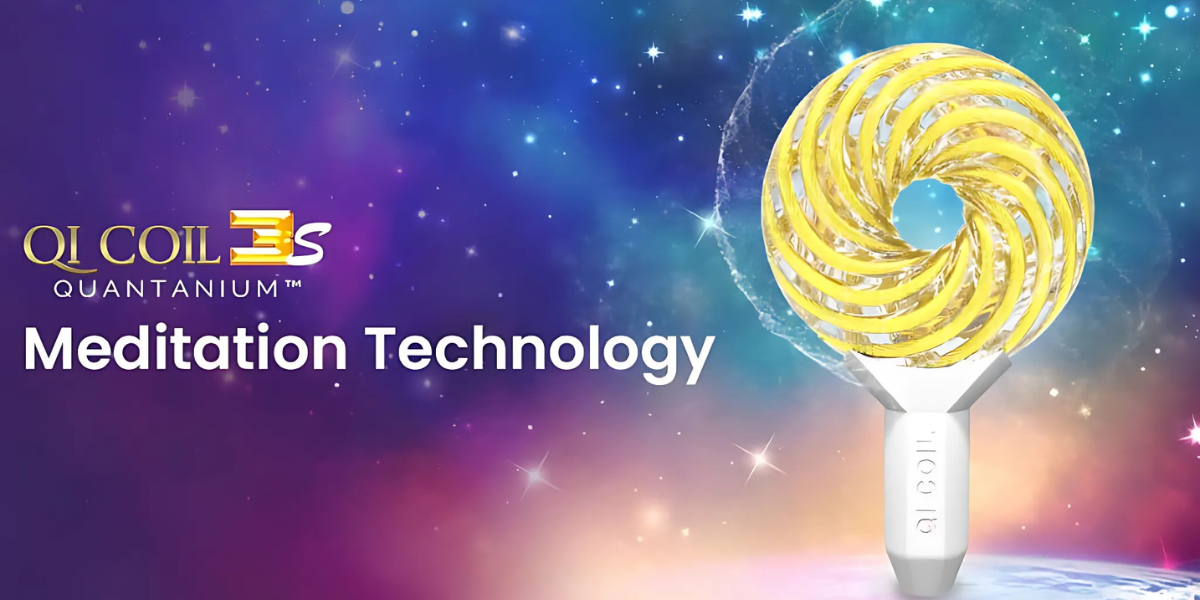Energy healing practices have seen a notable rise in interest as individuals explore alternative approaches to physical, mental, and emotional well-being. Among these practices, Qi Coils have emerged as devices purported to utilize electromagnetic frequencies to influence the body’s energy system and promote healing.
Energy healing is founded on the premise that all matter, including the human body, comprises energy. Imbalances or blockages within this energy are believed to contribute to various ailments. Methods such as Reiki, acupuncture, and crystal healing operate on the principle that energy can be directed and manipulated for therapeutic purposes.
Qi Coils represent a relatively recent development within this field. These devices contain coils that emit specific electromagnetic frequencies, which proponents assert resonate with particular areas of the body. This resonance is said to stimulate the body’s natural healing mechanisms and restore energy balance. Various models of Qi Coils claim to target different aspects of health.
Advocates of Qi Coils and energy healing propose a range of benefits. These include enhanced immune system function, pain relief, stress reduction, improved sleep quality, and emotional healing. It is also claimed that these frequencies can reduce cortisol levels, the hormone associated with stress, thereby facilitating relaxation and better sleep patterns. The use of Qi Coils is often described as a complementary approach to activities such as yoga, promoting overall harmony and well-being. The role of frequency is emphasized in energy healing. Different frequencies are believed to exert distinct effects on the body and mind, from promoting relaxation to stimulating cellular regeneration. The concept draws parallels to how tuning into specific radio frequencies allows reception of distinct stations, suggesting the body may similarly respond to vibrational energy.
The role of frequency is emphasized in energy healing. Different frequencies are believed to exert distinct effects on the body and mind, from promoting relaxation to stimulating cellular regeneration. The concept draws parallels to how tuning into specific radio frequencies allows reception of distinct stations, suggesting the body may similarly respond to vibrational energy.
Intention is identified as a critical component in the practice of energy healing. Setting a clear intention for healing is considered to enhance the flow of energy and potentially improve outcomes. This element highlights the connection between mind and body within these healing modalities.
Despite growing public interest, scientific support for the effectiveness of Qi Coils and related energy healing practices remains limited. Existing studies frequently face challenges such as small sample sizes and subjective measurements. While some research has indicated benefits in reducing pain or improving sleep through related modalities like Reiki, these findings have yet to be widely validated.
Skepticism persists within the scientific community, with concerns about the placebo effect influencing perceived benefits. Critics argue that the absence of robust evidence necessitates caution and critical evaluation of claims made by proponents. Energy healing is generally regarded as safe when practiced alongside conventional medical care. However, potential risks include delayed diagnosis or treatment of serious conditions and psychological dependence on alternative therapies. It is recommended that individuals consult healthcare professionals and qualified practitioners when considering energy healing.
Energy healing is generally regarded as safe when practiced alongside conventional medical care. However, potential risks include delayed diagnosis or treatment of serious conditions and psychological dependence on alternative therapies. It is recommended that individuals consult healthcare professionals and qualified practitioners when considering energy healing.
Looking forward, developments in technology and research may offer further insights into the mechanisms and efficacy of Qi Coils and similar devices. Public acceptance and cultural perspectives will likely influence the integration of energy healing into broader health practices.
In summary, Qi Coils and energy healing continue to attract attention for their potential to support physical, mental, and emotional balance. While anecdotal reports suggest positive experiences, scientific evidence remains inconclusive. An informed, cautious approach that prioritizes overall health and medical consultation is advised for those considering these therapies. For more detailed information, readers can refer to the comprehensive Qi Coil reviewavailable online. Additional resources and related wellness topics can be found on the homepage. You can follow updates and connect with the client on their Facebook page.
